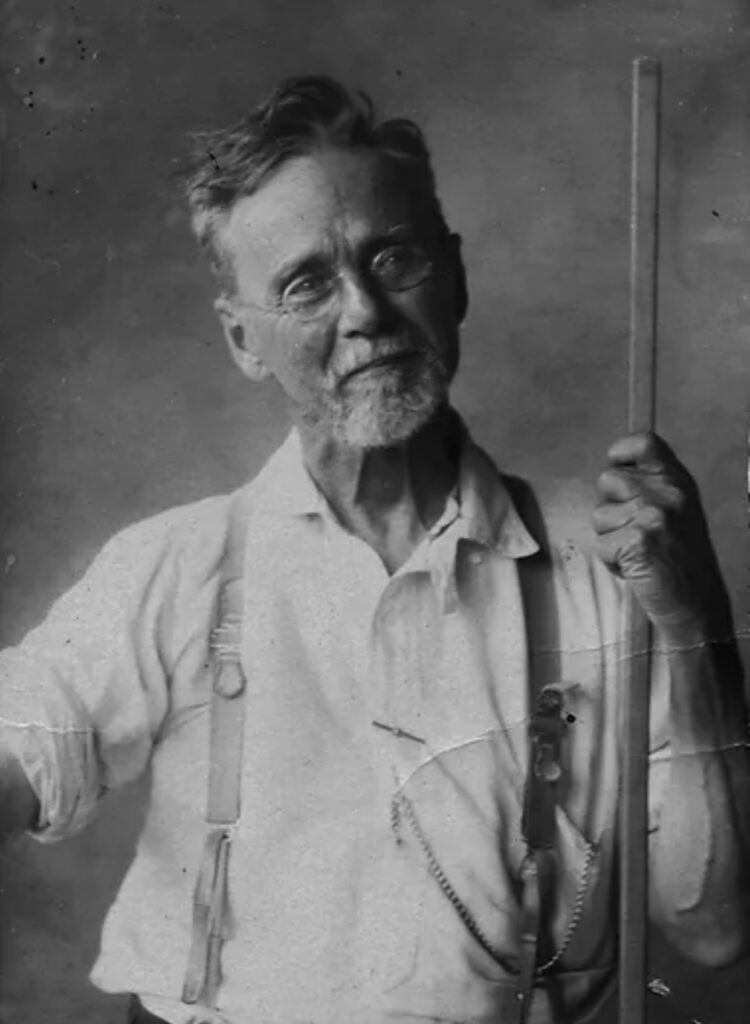History of Osteopathy
American physician Dr. Andrew Taylor Still (1828-1917) was the founder of osteopathy. Besides his work as a classically trained doctor he had a great passion for hunting. During his work as a doctor, as with the boning of animals, he grew increasingly interested in anatomy. He learned that all different structures in the body (bones, muscles, nerves, blood vessels and organs with their respective suspension systems) are closely related to one another and influence each other.
Mobility
Dr. Still came to the conclusion that all body tissue should show a certain degree of movement, and that loss of this movement would have an adverse effect on health. Recognizing this interdependence of the various structures, he gained a holistic view of the body. He combined his medical knowledge with his own new insights. The causal approach and mindset proved to be very successful. In 1892, he established the “American School of Osteopathy”.
Legally recognized method of treatment
In America, osteopathy is a method of treatment that has belonged to mainstream medicine since 1966 and is legally recognized as such. Osteopaths work there in hospitals and other health centers.
The first osteopaths came to England already in 1917, thus giving England a longer tradition of osteopathy.
Netherlands
In the Netherlands, osteopathy is more and more well known. In 1986, the Dutch Association of Osteopathy (Nederlandse Vereniging voor Osteopathie, NVO) was set up. Osteopaths in the Netherlands are required to complete a basic training one of three fields: traditional medicine, manual therapy or physiotherapy.
The Dutch Association of Osteopaths is campaigning for wider recognition of osteopathy as complementary mainstream medicine in the Netherlands.

